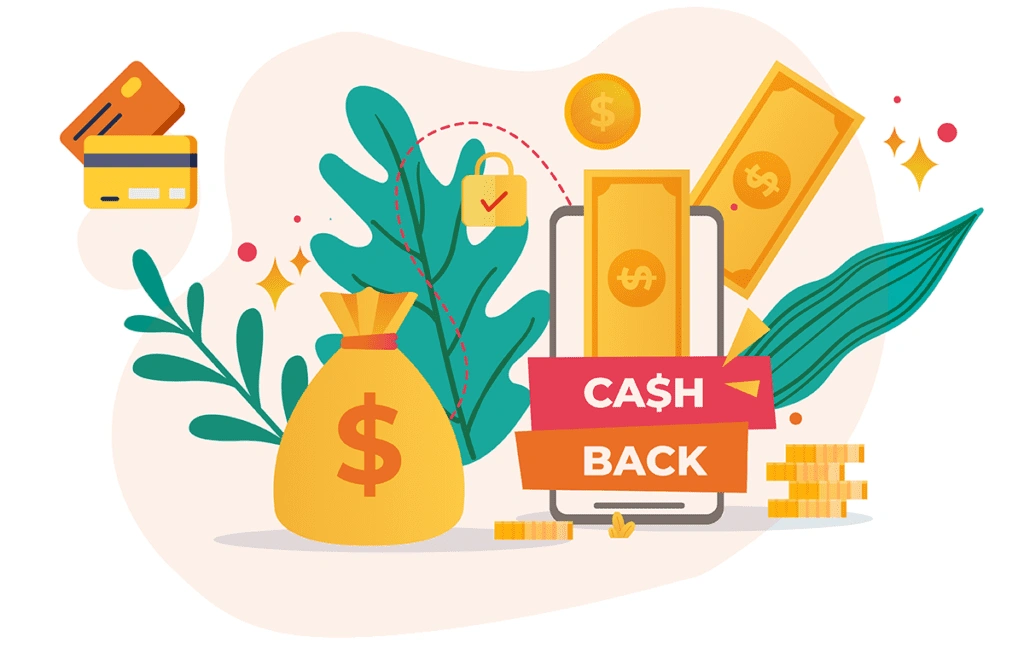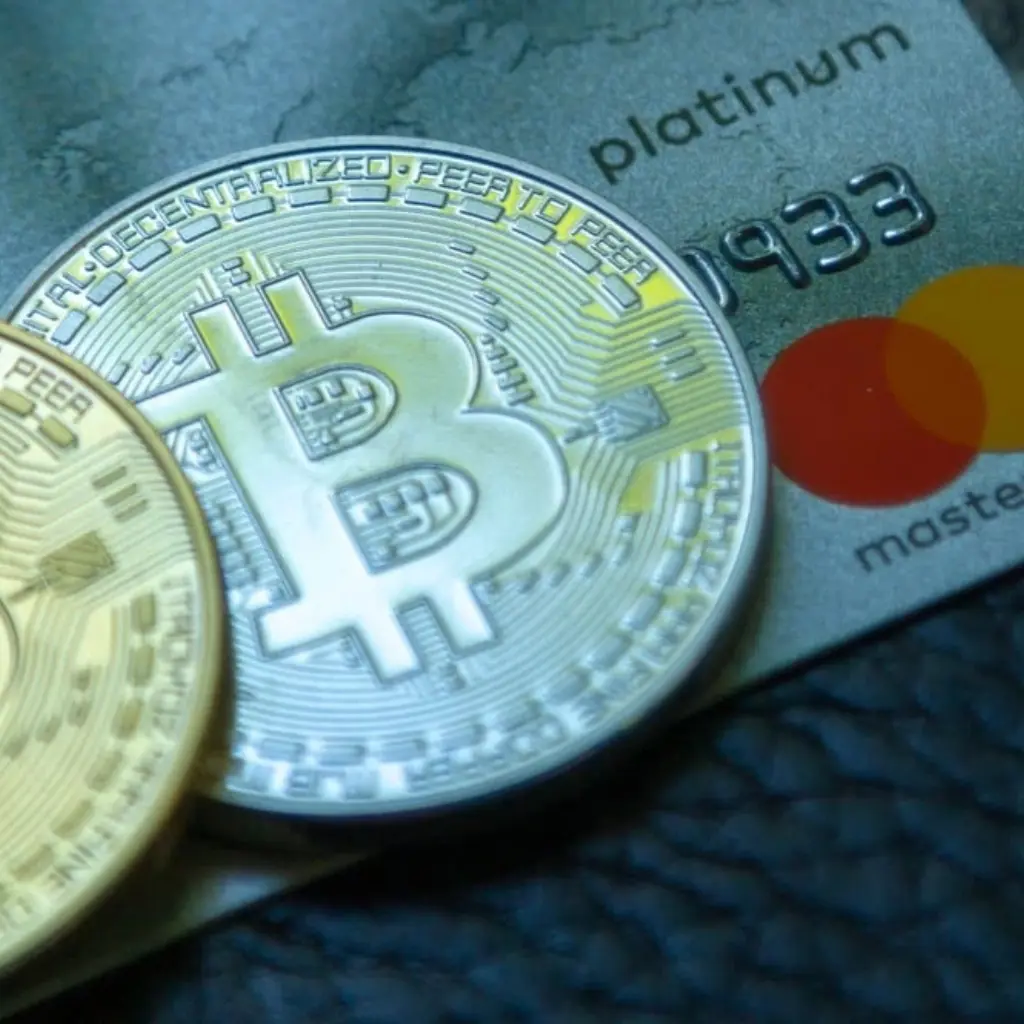Web3 Credit Cards Sound Cool—But Is the Security Actually There?
Let’s Talk About Web3 Card Security—Because It’s Not Bulletproof
Everyone’s hyped about Web3 credit cards. Spend your ETH like it’s USD? Earn rewards on-chain? Skip the bank entirely? Sounds like a dream… until you start looking at the fine print—especially around Web3 card security.
Because here’s the uncomfortable truth: as sleek and decentralized as these cards may seem, they come with a whole mess of new risks. We’re not talking minor inconveniences either—we’re talking losing-your-entire-wallet level consequences.
If you’re assuming it’s as safe as swiping your Amex, pump the brakes. Let’s break this down like someone who’s actually tried using one in the wild.
First Off—What Are These Crypto Cards, Really?

Web3 credit cards aren’t exactly “credit” in the traditional sense. Some let you spend directly from your crypto wallet. Others offer actual lines of credit based on your blockchain activity or staked collateral.
You’ve probably seen names like Nexo, Monolith, or Coinbase tossed around. They’re experimenting with a mix of DeFi plumbing and traditional rails—but that hybrid setup is a double-edged sword.
Cool tech? Absolutely. Finished product? Not quite.
Web3 Card Security: Spoiler, It’s Mostly on You

Let’s cut to it. The biggest thing you need to know about Web3 card security is this: there’s no safety net. No “oops” button. You mess up, you’re on your own.
1. Private Keys = Single Point of Failure
In the Web3 world, your private key is your lifeline. Lose it or leak it? Say goodbye to your funds.
Using a Web3 card often means linking it to a hot wallet—that is, a wallet connected to the internet. That opens the door to phishing scams, browser-based attacks, sketchy dApps… the usual crypto chaos.
Sure, hardware wallets are safer—but try fumbling with one while buying a sandwich. Not ideal.
2. “Decentralized” Providers with Centralized Risks
Here’s where things get murky. A lot of Web3 cards are offered by platforms that look decentralized… until you read the fine print.
They still require KYC. They might hold your assets in custody. And if they shut down (hi there, FTX flashbacks), your funds could get locked or worse—vanish.
It’s the worst of both worlds: all the risk of self-custody with none of the guarantees of traditional finance.
Is There Anything Good About These Cards? Actually, Yeah.

Now, to be fair, Web3 card security isn’t all doom and gloom. If you know what you’re doing, there are some genuine upsides.
1. Programmable Rules, Powered by Smart Contracts
Want to cap daily spend? Block certain wallet addresses? Require multi-signature approval for big transactions? You can do all that—and more—using smart contracts.
You’re basically building your own fraud protection, on-chain. That’s powerful… if you’re up for the learning curve.
2. Transparent by Design
Every transaction is logged publicly on the blockchain. That means fraud leaves a trail—something that can’t always be said for traditional financial systems.
Of course, that’s only helpful if authorities (or you) know how to trace it and do something with the info.
Web3 Card Security: Cool Concept, Rough Execution

Let’s be real—Web3 card security is still very much a beta experience. It’s not for the faint of heart. If you’re deep into crypto, understand wallet hygiene, and don’t mind some bumps in the road, go ahead. Try it. Tinker.
But if you’re someone who just wants to build credit, buy groceries, or earn some cash-back perks without losing sleep? You might want to hold off for now.
The whole thing feels like a tightrope walk over a volcano—with your financial identity dangling in the balance.
Final Thought: Trust Web3 Cards If You Trust Yourself

Here’s the thing: Web3 card security isn’t bad tech—it’s just unfinished business. It puts all the power (and risk) in your hands. And that’s fine if you’re ready for it. But if you’re not? It’s a liability dressed up like a convenience.
Use one if you must. Just read the terms, double-check the wallet you’re connecting, and don’t forget—your backup plan should involve more than crossing your fingers.
Because in Web3, mistakes don’t come with refunds.
Relevent news: Here




